
If you have been a user of Facebook for longer than five years then chances are likely you have seen the “My phone got wet and doesn’t work. Don’t ask how!” post. Many companies / industries started to take notice, and in came IP67 and IP68 ratings on consumer goods.
At Samtec, we typically don’t have to worry about moisture or dust on our connectors (since most are passive devices), but the systems our connectors go into certainly do. This is why Samtec also conducts IP67 and IP68 testing.
What is IPXX Testing?
No doubt this has been explained in other places, and I’ll give you the quick explanation here. IP or “Ingress Protection” is simply put “how easily can dust and water get into my system?” The first digit after IP describes the particle (think dust or any other foreign object) ingress protection, and the second digit describes the water ingress protection.
Getting Dusty
For particle ingress protection the numbers run from zero to six. Where zero means dust or foreign objects will enter your system easier than Babe Ruth hitting a dinger, and six means you would have an easier time making a hole-in-one a par five (your system is dust tight). Below is a breakdown of the levels.
| IP 0X | No Protection |
| IP 1X | Protected against objects greater than 50 mm |
| IP 2X | Protected against objects greater than 12 mm |
| IP 3X | Protected against objects greater than 2.5 mm |
| IP 4X | Protected against objects greater than 1.0 mm |
| IP 5X | Dust Protected |
| IP 6X | Dust Tight |
Under Water
With water ingress protection the numbers run from zero to eight. In the same was as dust, the numbers run from zero being no protection to eight meaning your system can go for a swim with you. Below is a breakdown of the levels.
| IP X0 | No Protection |
| IP X1 | Protected against falling water |
| IP X2 | Protected against falling water when tilted up to 15° |
| IP X3 | Protected against spraying water up to 60° |
| IP X4 | Protected against splashing water |
| IP X5 | Protected against jets of liquid up to 14.5 PSI |
| IP X6 | Protected against powerful water jets |
| IP X7 | Protected against the effects of temporary immersion (1 meter of water for 30 minutes) |
| IP X8 | Protected against submersion to manufacturers specs |
How does Samtec Test?
Both the dust and the liquid testing are conducted to varying levels depending on the topic, but for this blog we are going to focus specifically on meeting IP68 ratings.
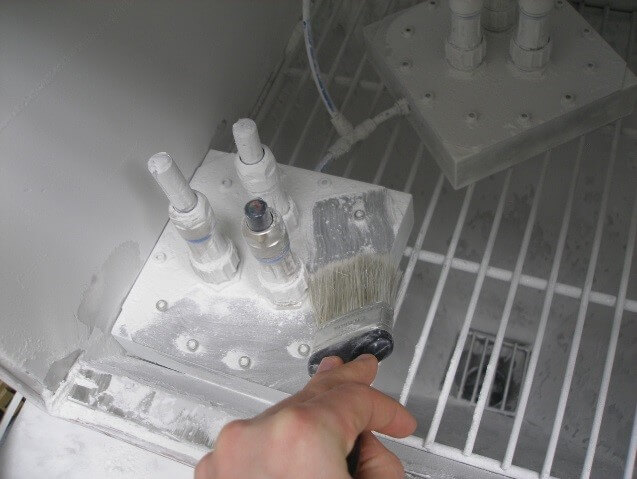
The particle ingress test is conducted in a dust chamber in accordance with IP 6X standard for dust testing.
The test is ran at 40 to 60 volumes per hour for a duration of two hours. This ensures that the test parts are properly exposed to the fine particulates.
Assuming that no dust is detected inside of the vacuum sealed test setup then the parts are considered to have passed to IP 6X.
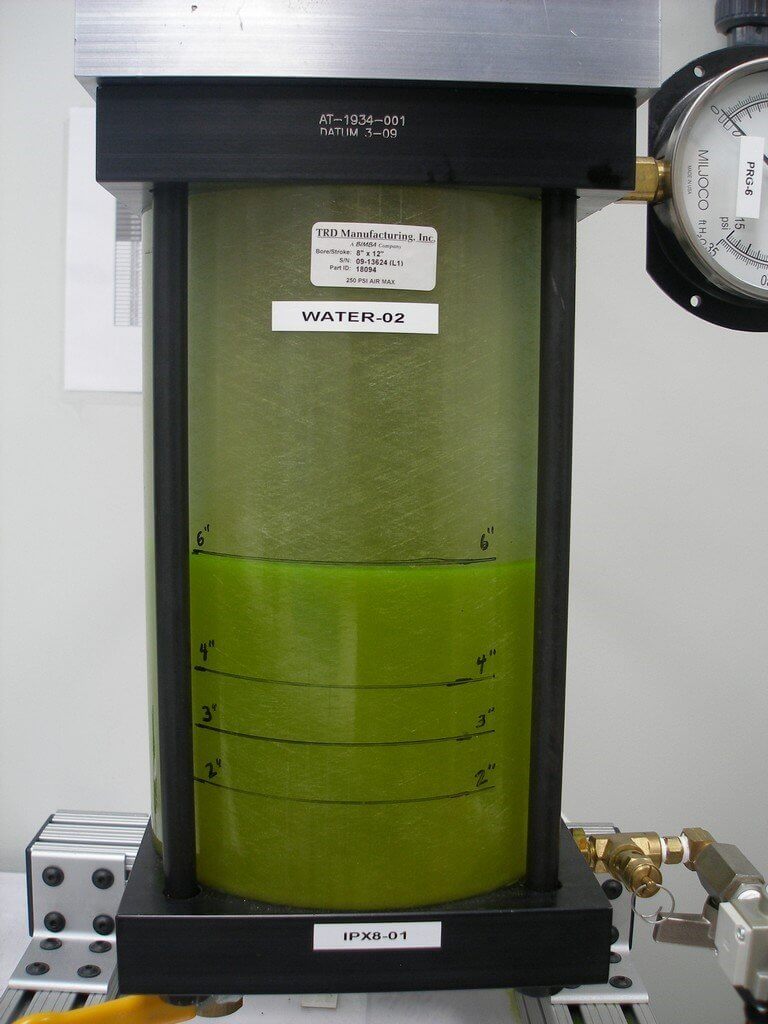
Samtec conducts several tests for water ingress, but we will only be covering IP X8 (water depth test) here. The test is conducted in a pressurized chamber to simulate water depth.
The test can be conducted at any depth from 1.0 – 25.0 meters by adjusting the pressure within the chamber.
If the samples do not contain any of the liquid after being exposed to a UV black light they are considered to have passed the IP X8 test.
Samtec tests its products according to the IEC 60529 standard “Degrees of Protection Provided by Enclosures.”
Samtec publishes all of its reports on www.samtec.com and can be found according to the series pages. To see the dust and water report for the ACR-22 please click here, or type in the series name of the part you are interested in on samtec.com.
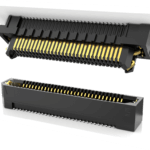
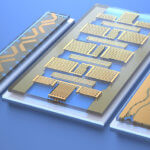
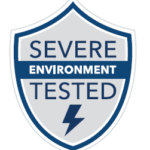
Leave a Reply